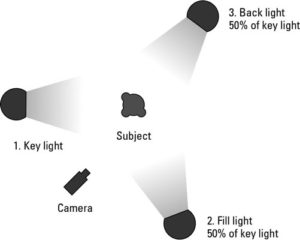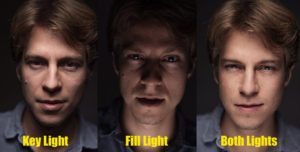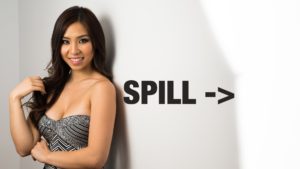Why do we use studio lighting?
Studio lighting is used by photographers to capture images in ways that would very difficult in natural lighting and so that they can have total control over the environment. Studio lighting gives a photographer the freedom to control everything in the environment form the intensity of the light, the angle that they are at and the way that it highlights the subject and number of light sources. It the photographer to change the environment in any way that they wish and to also add in a different thing that could become part of the shoot such as backdrops and props.
What is the difference between 1-2-3 point light and what does each one do?
Three-point lighting is a method used in studio photography that uses three separate light sources being positioned in any way so that the photographer can illuminate the environment in any way that they chose.
The fill light a so shines on the subject, but from a side angle relative to the key and is often placed in a lower position than the key. It balances the key by illuminating shaded surfaces and lessening or eliminating chiaroscuro effects, such as the shadow cast by a person’s nose upon the rest of the face.
The backlight shines on the subject from behind, often to one side or the other. It gives the subject a rim of light, serving to separate the subject from the background and highlighting contours.
The keylight is a specialized lamp or a camera’s flash. In outdoor daytime shots, the Sun is used as the key light.

What is fill lighting?
Fill light is any source of light that lightens ‘fills in’ areas of shadows created by other lights. Fill light is used to lighten the shadows created by the main light. Some images, especially those requiring a dramatic mood, are best with little or no fill lighting. Most images will require some form of fill lighting to keep the image shadows and highlights in the image
What is spill lighting?
Light spilling is where light falls where it was not intended to fall
